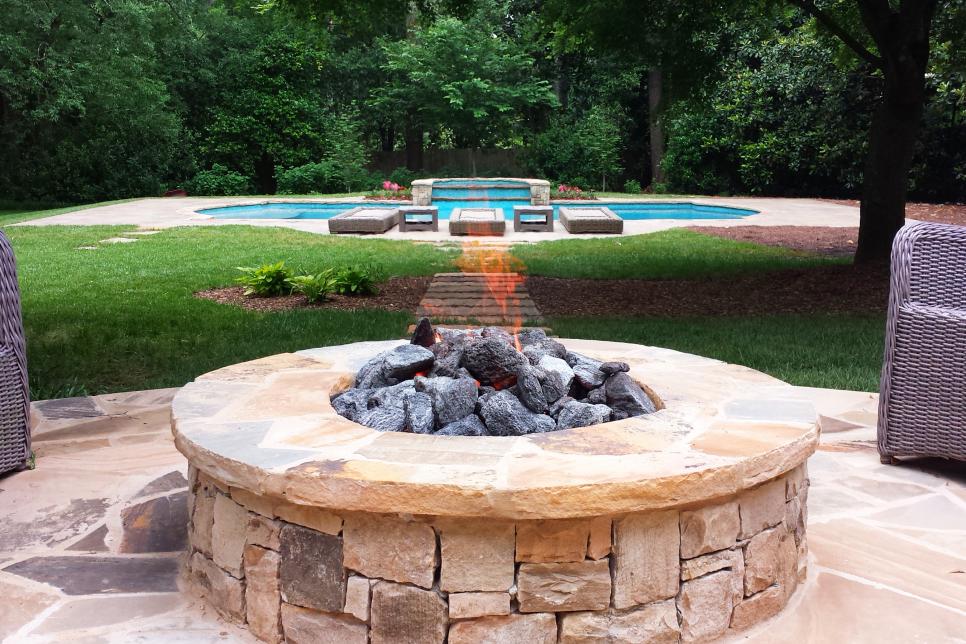
Fire pits can be a really fancy addition to any backyard, especially custom ones. After all, they can be built with a vast selection of pavers of your choice, allowing for creative and unique designs in the hardscape industry. But what about the stone cap for fire pits? When you browse the Internet, you’ll see that some projects have it and some don’t. Is it really necessary, then?
Well, keep reading this article to find out all about this stone cap – including its function, its advantages and even some inspiring ideas for your next fire pit.
You may also like: Do You Need a Permit for Pavers? Know the Rules
Why fire pits?
A paver fire pit is the perfect outdoor living upgrade you could ask for. It is beautiful, cozy, elegant, and practical above all – serving as a gathering spot for family members and close friends alike. With fire pits, you can warm yourself on winter days and give your visitors a reason to go outside. Who doesn’t like fresh air every once in a while?
Either way, some other benefits offered by fire pits include:
- a not-so-cheap installation, but amazing cost-benefit;
- low-maintenance structure;
- plenty of design options;
- increase in house value.
Stone cap for fire pits: uses and materials
The stone cap for fire pits is an extra protection for their retaining walls. From a technical standpoint, it encircles the hearth to avoid unnecessary damage to the inside surface – which bears high temperatures all the time. Although fire pits don’t really require a cap to be functional, many professionals still recommend its inclusion for both aesthetics and practicality.
Just like the pavers themselves, the stone cap needs to be a durable, porous, and heat-resistant material. On the market, you may find pavers that are specifically fabricated for this purpose – like the kiln-fired brick – but normal pavers are not out of the question. As such, all the following materials can be used:
- cement
- concrete
- brick
- natural stone
As the name suggests, the stone cap is usually sold in its natural-stone state, but its installation also allows for creative decisions that range from shape and width to custom edges. Check out the pictures below:




Pavers you should NEVER use
It’s important to remind you how crucial heat resistance is. That’s why non-porous pavers like porcelain and travertine can never be utilized to build a fire pit or retaining wall. If you do that, the heat that stores up on the inside won’t have anywhere to go, thus cracking and exploding your project.
With that said, you can see how a professional crew is essential to ensure a long-term investment. Any kind of paver installation is tricky and takes careful steps before coming into fruition. Why worry about calculations when you can leave all the specifics for experts?
Contact Eagle Pavers to get your fire pit off the paper!
Are you planning to get your own fire pit? If you live near Sarasota, Florida, then don’t hesitate to call our expert team for a free estimate! Eagle Pavers provides our clients with top-notch products (check out the online catalog here) and installation services that are sure to fit your needs.
It might also interest you: How to Calculate Square Feet for Pavers




